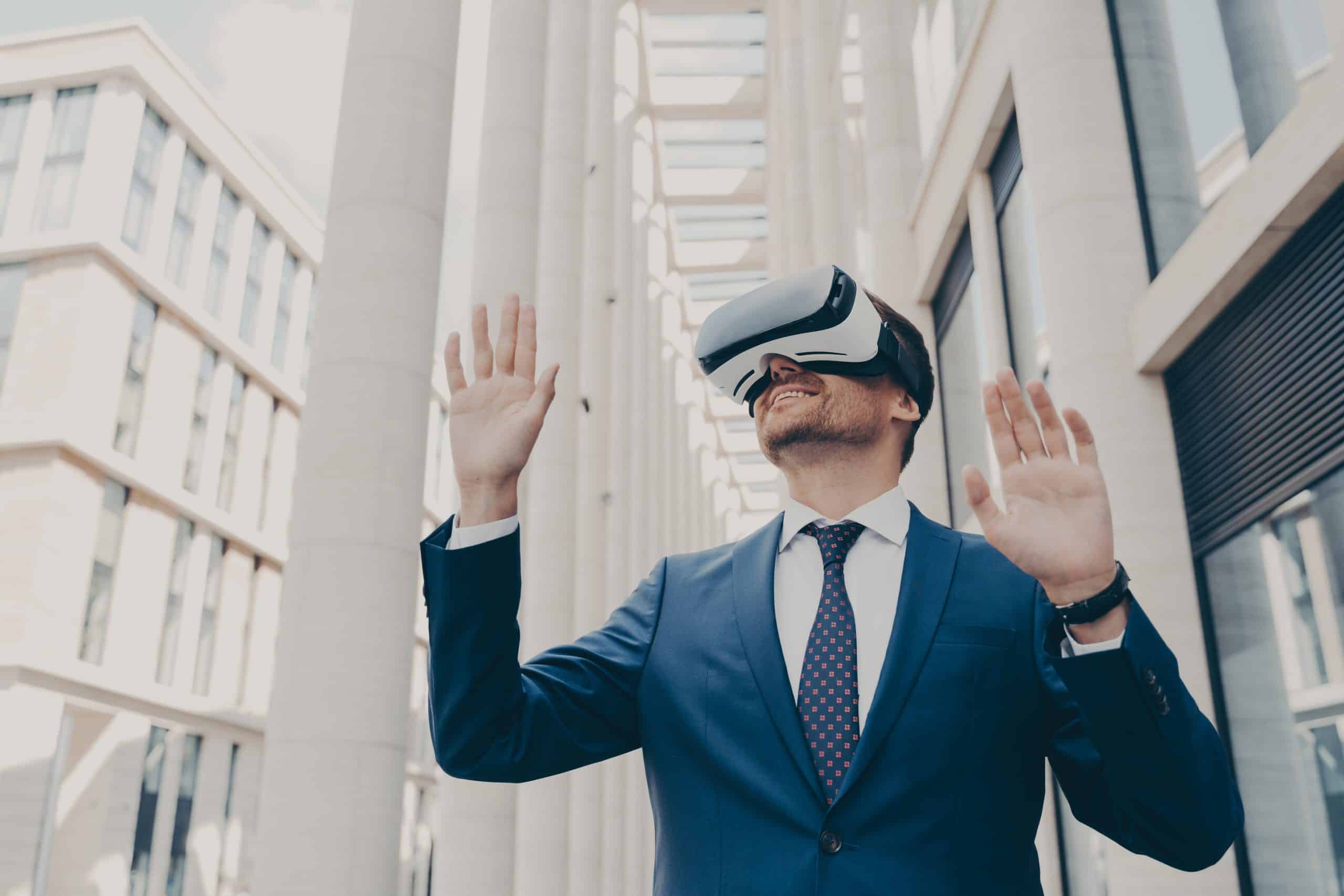In this digital age, technology continually reshapes our world, introducing innovative solutions that transform traditional norms. Augmented Reality (AR) is one such groundbreaking technological advancement, bridging the gap between reality and the virtual world. This immersive technology overlays digital information into the real world, enhancing our perception and interaction with our surroundings. One field where augmented reality is making significant strides is archaeology. In this article, we shall explore how AR tools can enhance field training for archaeologists in the UK.
The Intersection of Augmented Reality and Archaeology
If we take a look at the archaeology field, we will realise that there is a strong intersection with augmented reality. The essence of archaeology revolves around studying human history through excavation, analysis, and interpretation of artefacts, structures, and other physical remains. However, the traditional methods can be limiting, time-consuming, and often physically demanding. The introduction of Augmented Reality (AR) in this field represents a significant shift, offering a new, dynamic way of visualising, interpreting, and understanding archaeological findings.
A lire également : Can Machine Learning Algorithms Improve Diagnostic Accuracy in UK Hospitals?
AR technology allows users to experience a blend of the real and virtual world, overlaying digital content onto the physical world. For archaeologists, this means being able to recreate lost or damaged cultural heritage sites, virtually excavate a site without disrupting the physical environment, and interactively study artefacts in a 3D space.
Enhancing Learning Experience with Augmented Reality
Augmented Reality in archaeology enhances the learning experience for both students and experienced archaeologists. The process of digging, brushing, and carefully analysing artefacts requires great skill, patience, and time. Traditional methods of training often involve hours of theoretical study and limited practical exposure, often due to the risk of damaging precious artefacts. However, with AR, this approach can be revolutionised.
A lire en complément : What’s the Latest Research on the Health Impacts of Urban Noise Pollution?
AR applications offer hands-on, interactive learning experiences, enabling students to practice excavation techniques in a risk-free digital environment before applying them in real-world settings. Furthermore, AR technologies allow users to view and interact with 3D models of artefacts, providing a more comprehensive study of their structure, detail, and context.
AR also offers the potential for remote learning. Students can virtually visit archaeological sites from their own homes, exploring and interacting with the site in real-time, guided by their instructors or AI-based guides. This not only expands access to learning opportunities but also saves time, resources, and reduces the potential harm to valuable archaeological sites.
The Application of AR Tools in Field Training
Specific AR applications are already being utilised to train UK archaeologists, offering an array of benefits. A mobile application, for instance, can guide a novice archaeologist in identifying artefacts or features, overlaying information on their mobile screen as they scan the site.
AR can also help in planning and strategising fieldwork. Before stepping onto a site, archaeologists can overlay digital maps, infra-red images, or 3D reconstructions onto the real world, providing them with a comprehensive understanding of the site’s layout and potential areas of interest.
Moreover, AR tools can enhance collaborative work, allowing multiple users to view and interact with the same digital content simultaneously. For example, while one archaeologist is excavating a site, another could be viewing the same AR content from a different location, offering real-time advice or observations.
The Future of AR in Archaeological Training
Looking forward, AR holds considerable promise for the future of archaeological training. As technology progresses, we can expect more sophisticated AR applications that offer an even more immersive and interactive learning experience.
Imagine AR tools that can visually recreate the entire lifecycle of an archaeological site, from its initial creation to its current state. Students and archaeologists could then interact with this dynamic model, gaining a deeper understanding of the site’s history and evolution.
Furthermore, as virtual and augmented reality technologies continue to converge, there will be opportunities for even more immersive and interactive experiences. For instance, Virtual Reality (VR) could be used in conjunction with AR to enable users to not only view archaeological sites and artefacts but to virtually "touch" and manipulate them, using haptic feedback devices.
In summary, augmented reality can drastically enhance field training for UK archaeologists. It can enhance learning experiences, offer innovative applications for field training, and pave the way for exciting future advancements. It is a transformative tool that aligns perfectly with the archaeological quest to uncover and understand our past.
Augmented Reality Tools: A Revolution in Archaeological Methods
The augmented reality technology is not just an innovation; it is a revolution that is dramatically altering archaeological methods. Traditionally, archaeologists had to rely on physical excavations, analysis and interpretation of artifacts. However, this process is time-intensive, physically demanding and often leads to irreversible damage to valuable artifacts. With augmented reality, these traditional methods are being replaced with virtual models that can be explored and analysed in great detail without causing any harm to the actual artifacts.
For instance, an app on a mobile device can overlay 3D models of an archaeological site onto the user’s real environment. This means that an archaeologist can explore a site and its artifacts in detail from the comfort of their own home or office, and can do so without causing any damage to the site or artifacts. This is a significant advantage, especially when dealing with delicate or fragile artifacts that could easily be damaged by physical handling.
Using location-based AR tools, archaeologists can now also access and interpret archaeological data in real time. For example, an app could overlay digital maps, infra-red images or 3D reconstructions onto an archaeologist’s view of a site, providing them with immediate insight into the site’s layout and potential points of interest.
Furthermore, AR tools can foster collaboration by allowing multiple users to view and interact with the same digital content simultaneously in an open separate window. This means that an archaeologist on site can share their findings with colleagues or students in real time, fostering a more collaborative and interactive learning experience.
In addition, AR tools can also facilitate the preservation of cultural heritage. By creating 3D models of historical sites or artifacts, these treasures can be preserved digitally for future generations to study and appreciate.
Conclusion: Augmented Reality – Uncovering the Past, Shaping the Future
As we stand at the intersection of the digital and physical worlds, the potential of augmented reality is just beginning to be tapped. In the field of archaeology, AR tools are proving to be transformative. They are not just enhancing the way we explore and understand our past; they are shaping the way we will study and interpret our history in the future.
Indeed, the benefits of AR in archaeological training are enormous. From providing immersive, interactive learning experiences to facilitating real-time, location-based studies, AR is redefining field training in archaeology in the UK.
However, the true potential of AR lies in its ability to blend the physical and the virtual. As virtual reality and augmented reality technologies continue to merge, we can anticipate even more immersive experiences. Imagine being able to virtually ‘touch’ and manipulate a 3D model of an ancient artifact or to witness a historical event unfold right before your eyes.
In conclusion, augmented reality is a powerful tool that is revolutionising field training for archaeologists in the UK. As this technology evolves, we can expect it to bring even more exciting and innovative changes to the field. It is a tool that perfectly complements the archaeological quest to uncover and understand our past.






